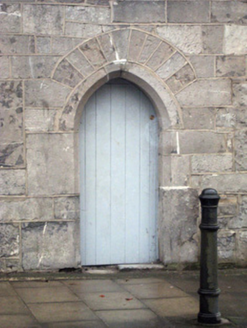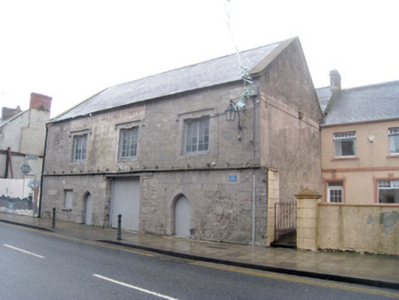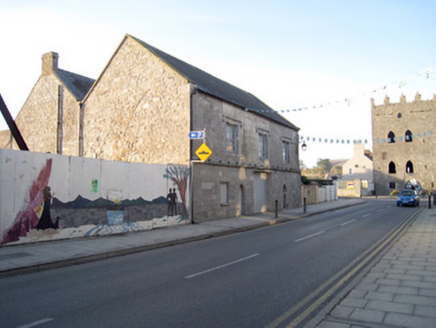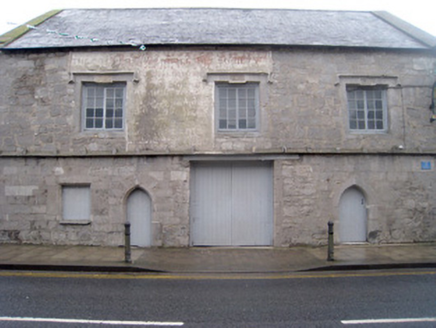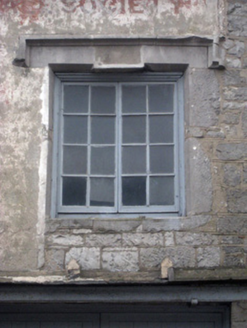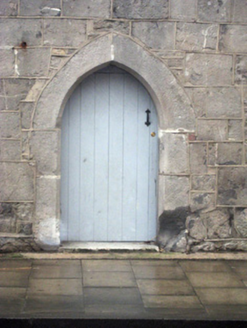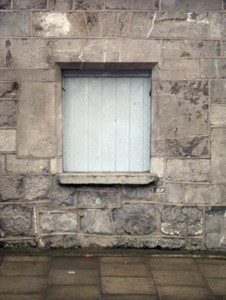Survey Data
Reg No
21813007
Rating
National
Categories of Special Interest
Archaeological, Architectural, Artistic
Previous Name
The Co-Operative Wholesale Society
Original Use
House
Historical Use
Store/warehouse
Date
1550 - 1650
Coordinates
160802, 127819
Date Recorded
15/11/2007
Date Updated
--/--/--
Description
Detached three-bay two-storey double-pile late medieval former merchant's house, built or improved between 1571-87, with alterations and repairs in the eighteenth, ninteenth and twentieth centuries. Formerly in use as a warehouse. Pitched slate roofs with brick chimneystack, render copings and cast-iron rainwater goods. Dressed limestone walls to ground floor, roughly dressed limestone walls to first floor having render panel to centre-bay and bracketed platband. Square-headed openings to first floor with limestone hoodmouldings, surrounds and timber casement windows. Square-headed window opening to ground floor having chamfered limestone surround, sill and timber fittings. Pointed arch openings with chamfered limestone surrounds and timber battened doors. Square-headed opening to centre-bay having double-leaf timber battened doors.
Appraisal
This former late medieval merchant's house is the single survivor of what may have been thirty houses of similar design lining the main street of Kilmallock. A painting by J. G. Mulvany of Sarsfield Street shows several such houses with battlements. The surviving architectural features, such as the carved hoodmouldings, the three-centred doorway arches,the prominent stringcourse and the gabled capstones to the joints are all characteristic of Irish building in the sixteenth century. It was formerly three storeys high and lost the top floor before 1930. It is likely that the ground floor was given over to commerial activity with a hall on the first floor and other domestic accommodation on the second floor. It exhibits the general features of urban medieval housing of the more wealthy, such as merchants. The building is of national importance due to its rarity now within Ireland. It presents a multiple period structure which is of both architectural and archaeological significance with Kilmallock and Ireland as a whole.
